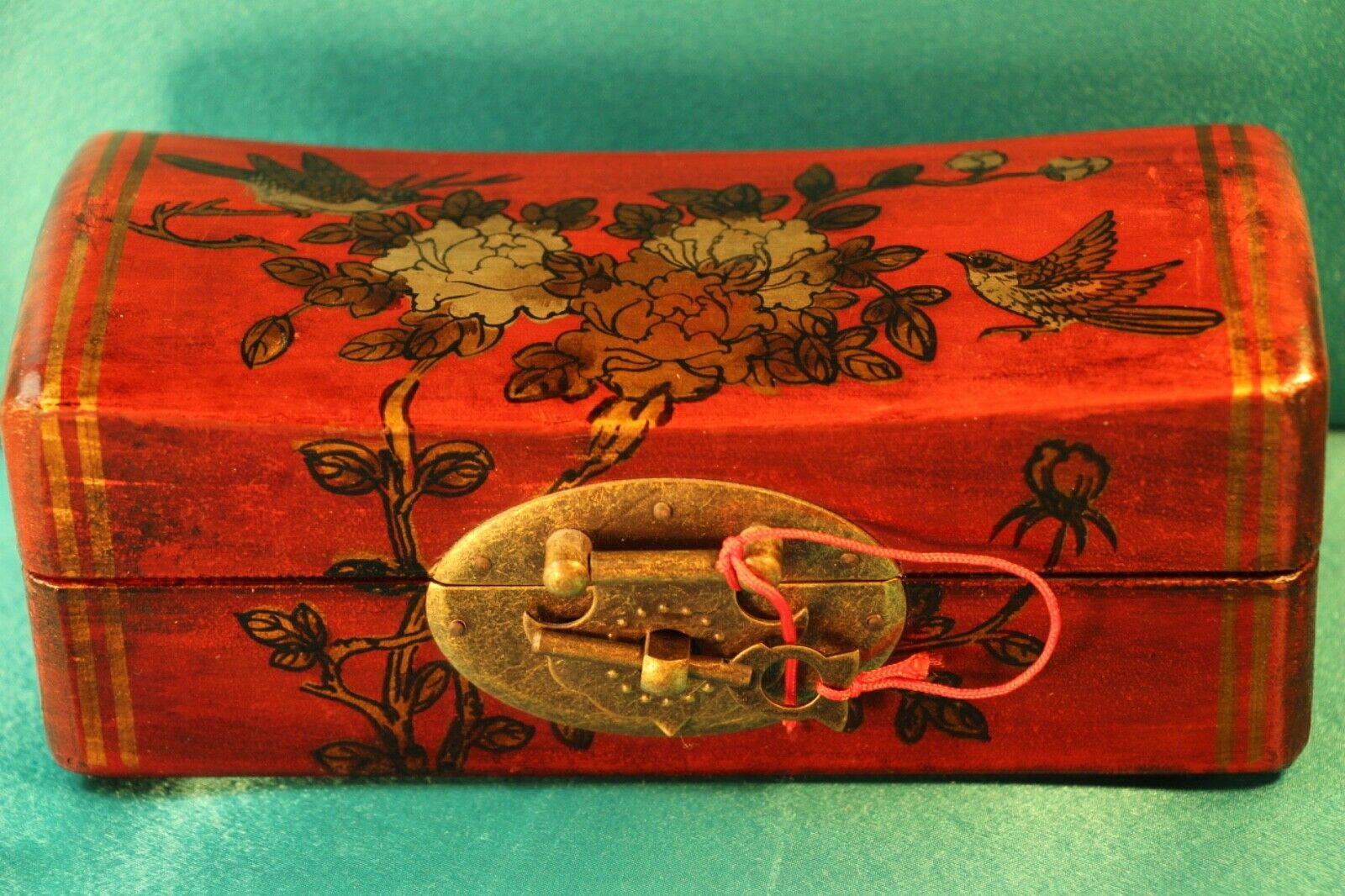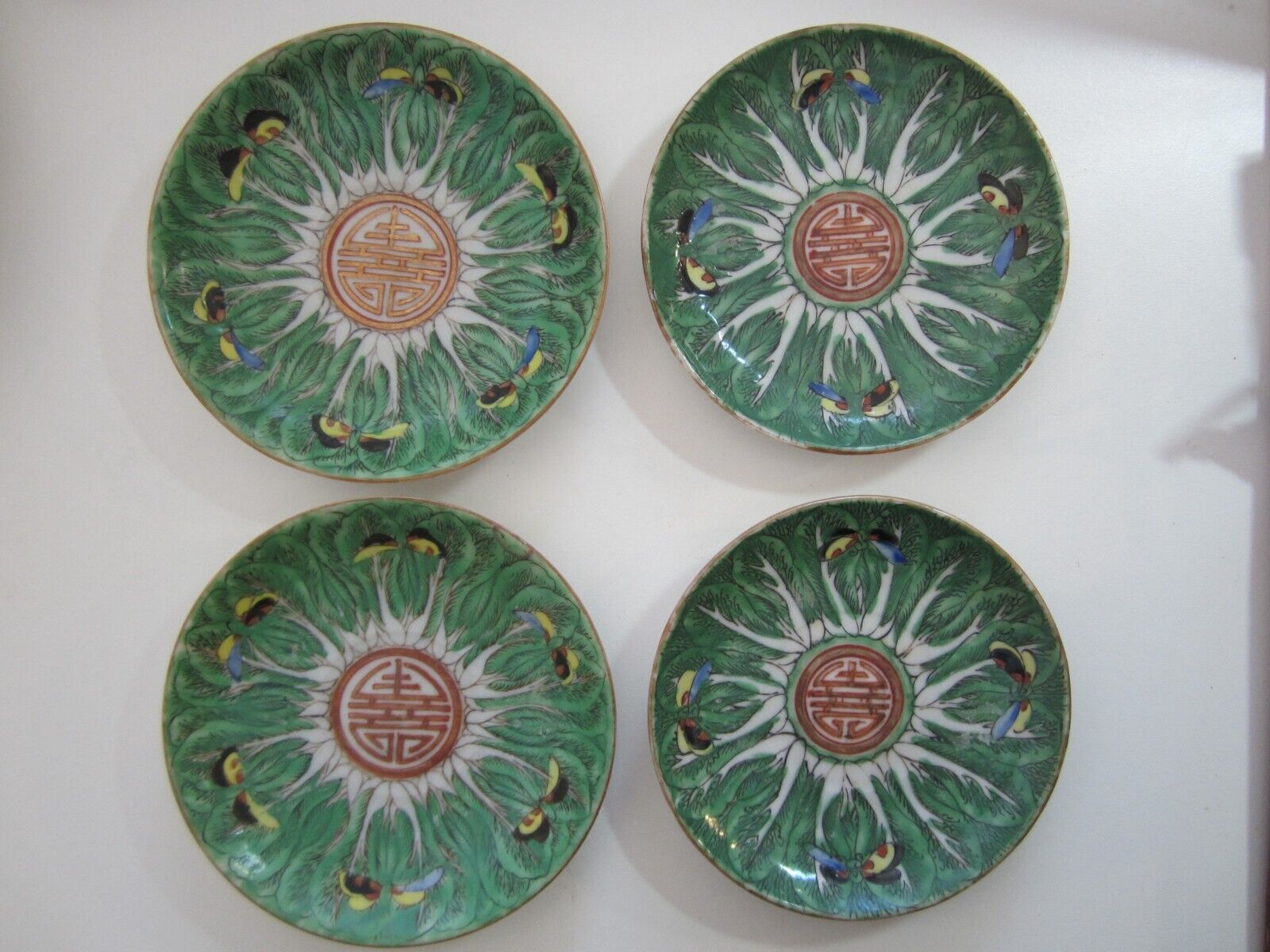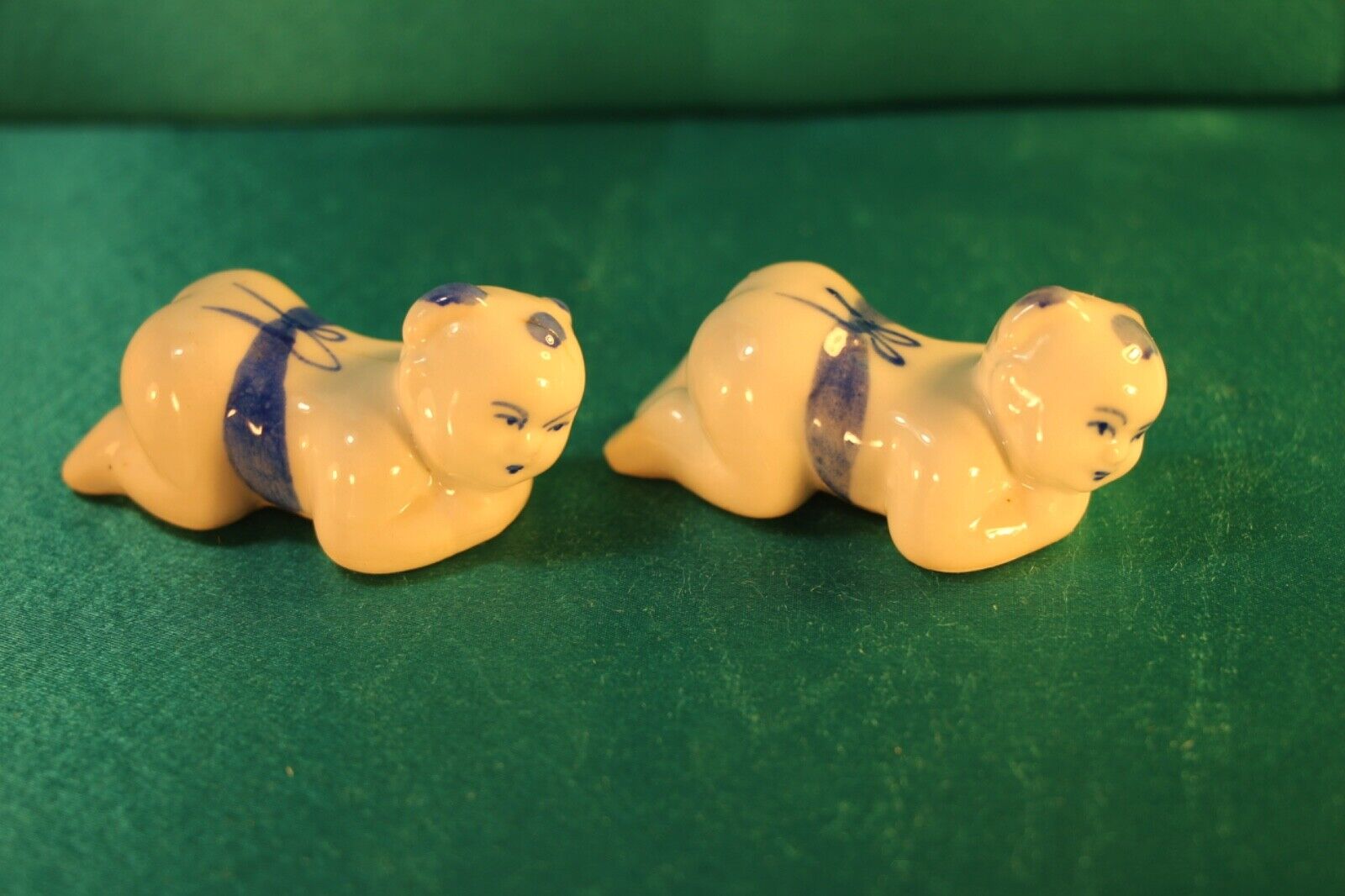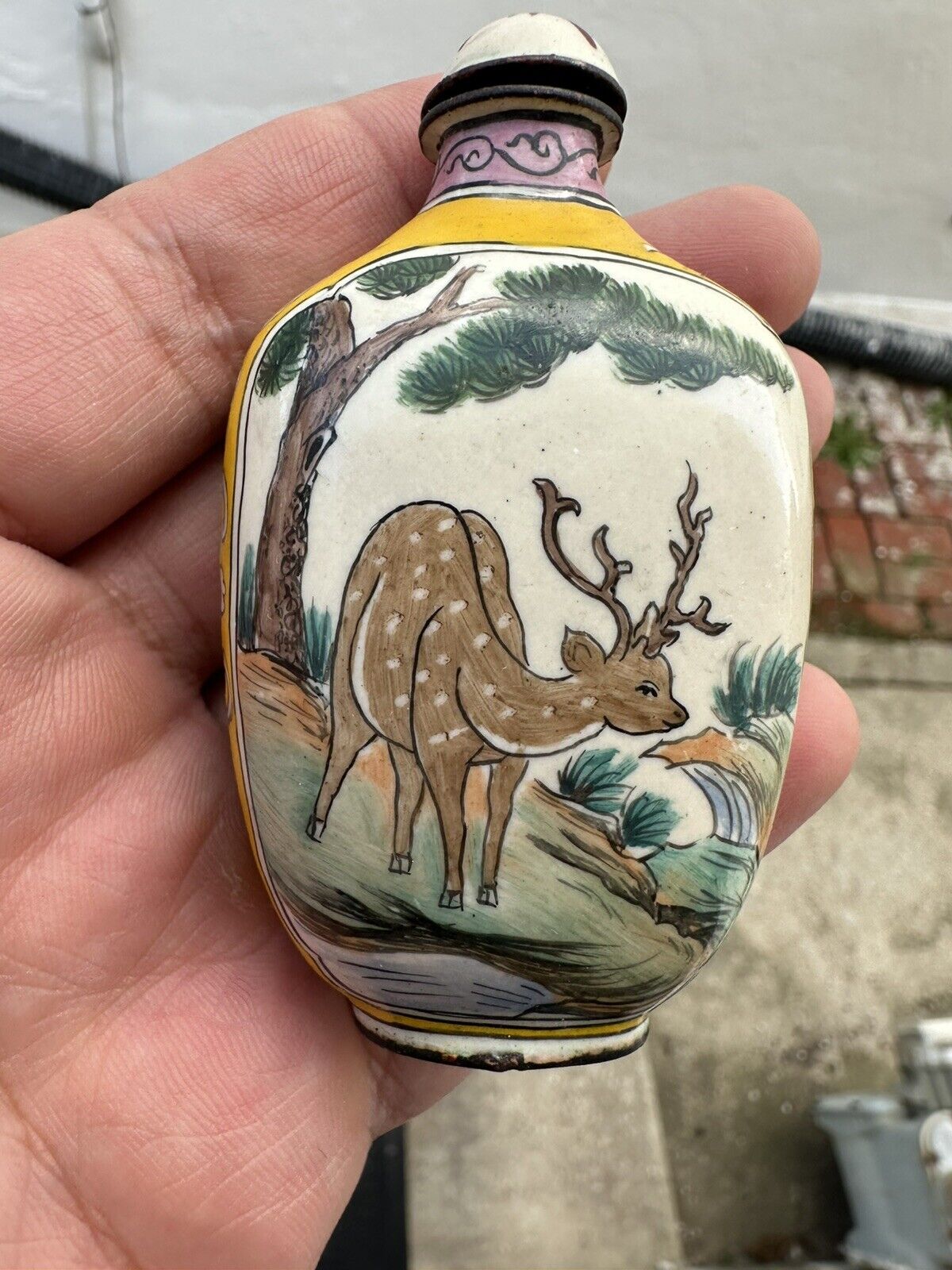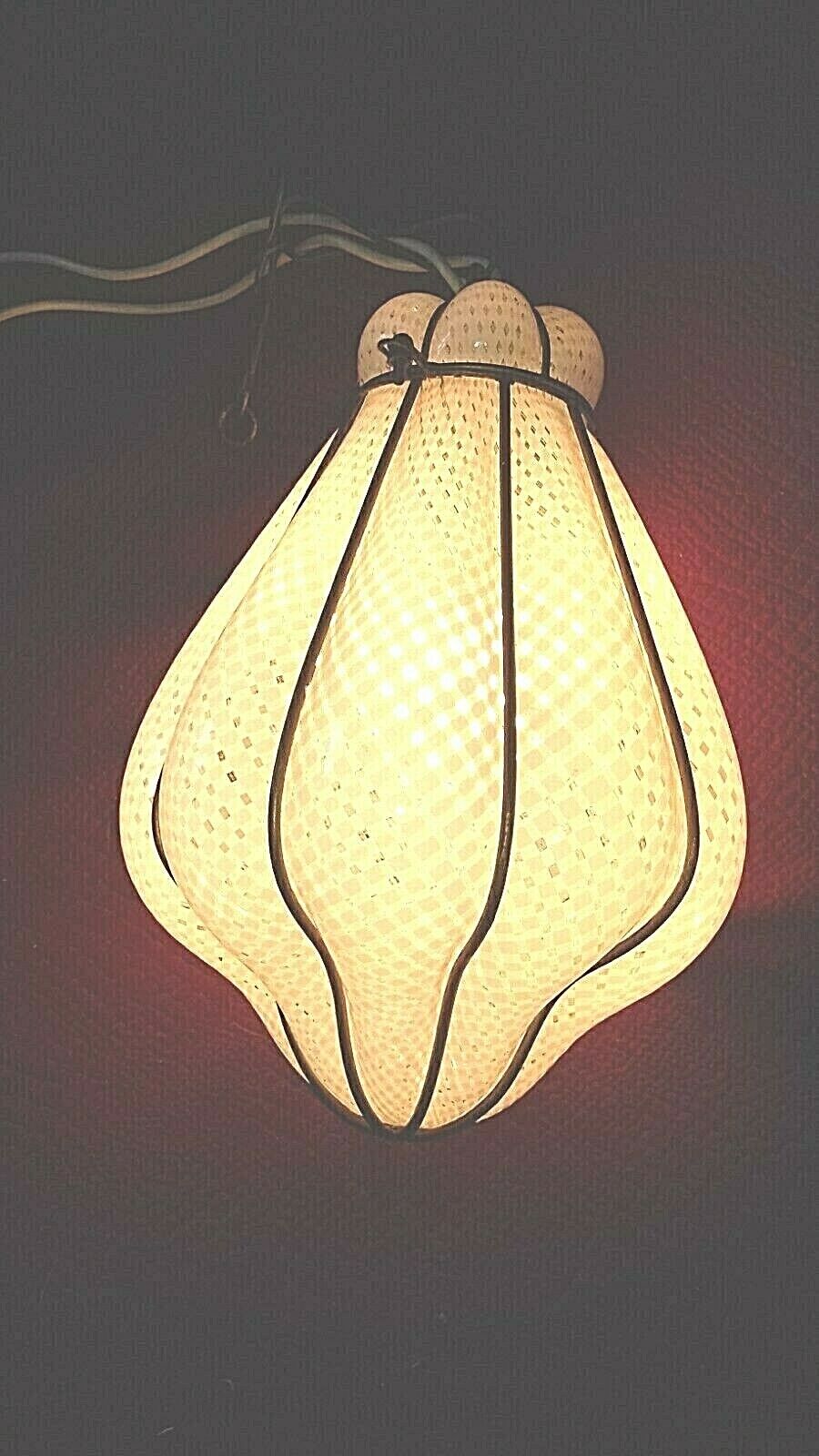-40%
Small, Especially Fine Mahakala Phurba with Stand Made from Bronze from Tibet
$ 65.54
- Description
- Size Guide
Description
Small but particularly fine Tibetan Mahakala PhurbaThe phurba is a very beautiful piece. It is very rare to find such small and particularly finely crafted handicrafts. I only have 3 of the little Phurbas, there was nothing more, they come from a Tibetan shop in Boudhanath, Nepal.
He weighs approx. 300 grams and is made of bronze. The work is fantastic.
There is also a matching stand made of bronze.
Dimensions: Phurba: 17 cm long, 4 cm wide, leg length stand: 6.5 cm
cm:;. The Buddha
Mahakala - the wrathful deity
In his hands he holds a cleaver and a skull bowl filled with blood or brain matter, which he holds in front of his heart (symbol for wisdom and method and for cutting off all wrong ideas), a prayer chain made of skulls (with which he is incessantly for the benefit of all beings Mantras recited). The symbols of death, threat and destruction are consciously used to teach people who fear death the true death, the death of the self.
In Tibetan, Mahakala Mgon Po Nag Po (Gönpo Nagpo) is called.
The name Mahakala comes from Sanskrit and means:
Maha = great, kala = time.
There are three related words in Nepalese:
Kalaha = dispute, dispute
Kala = art, craft, technology
Kal = time, age, age, death
There is also the word: kalo = black.
Mahakala is usually translated as "the great black", whereby "black" has at least an affinity for death and dispute.
The meaning and use of the Phurba:
The phurba is a protective symbol and is used in Buddhism to ward off negative influences
.
The three-edged blade of the Phurba comes from a dragon's mouth. A snake sits on the blade, it is the protector of Buddhist teachings.
In Tibetan rituals, fruits are made into the shape of a demon. There is a purification through prayer, protection by putting on a ritual robe, invocation of the protective deities. This is followed by a longer ritual in which mantras are spoken again and again and at the end the phurba is thrust into the fruit figure while proclaiming a "completion mantra". Fruits are used because fruits are carriers of life and can therefore absorb the demonic forces in themselves as a substitute for other life (e.g. people seeking help).
etope 8
In his hands he holds a cleaver and a skull bowl filled with blood or brain matter, which he holds in front of his heart (symbol for wisdom and method and for cutting off all wrong ideas), a prayer chain made of skulls (with which he is incessantly for the benefit of all beings Mantras recited). The symbols of death, threat and destruction are consciously used to teach people who fear death the true death, the death of the self. In Tibetan rituals, fruits are made into the shape of a demon. There is a purification through prayer, protection by putting on a ritual robe, invocation of the protective deities. This is followed by a longer ritual in which mantras are spoken again and again and at the end the phurba is thrust into the fruit figure while proclaiming a "completion mantra". Fruit






